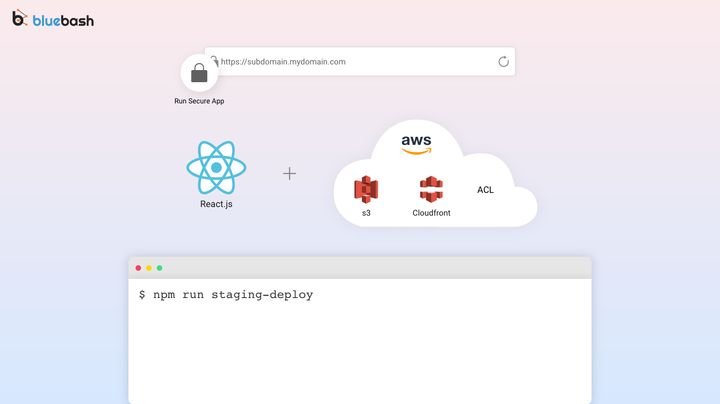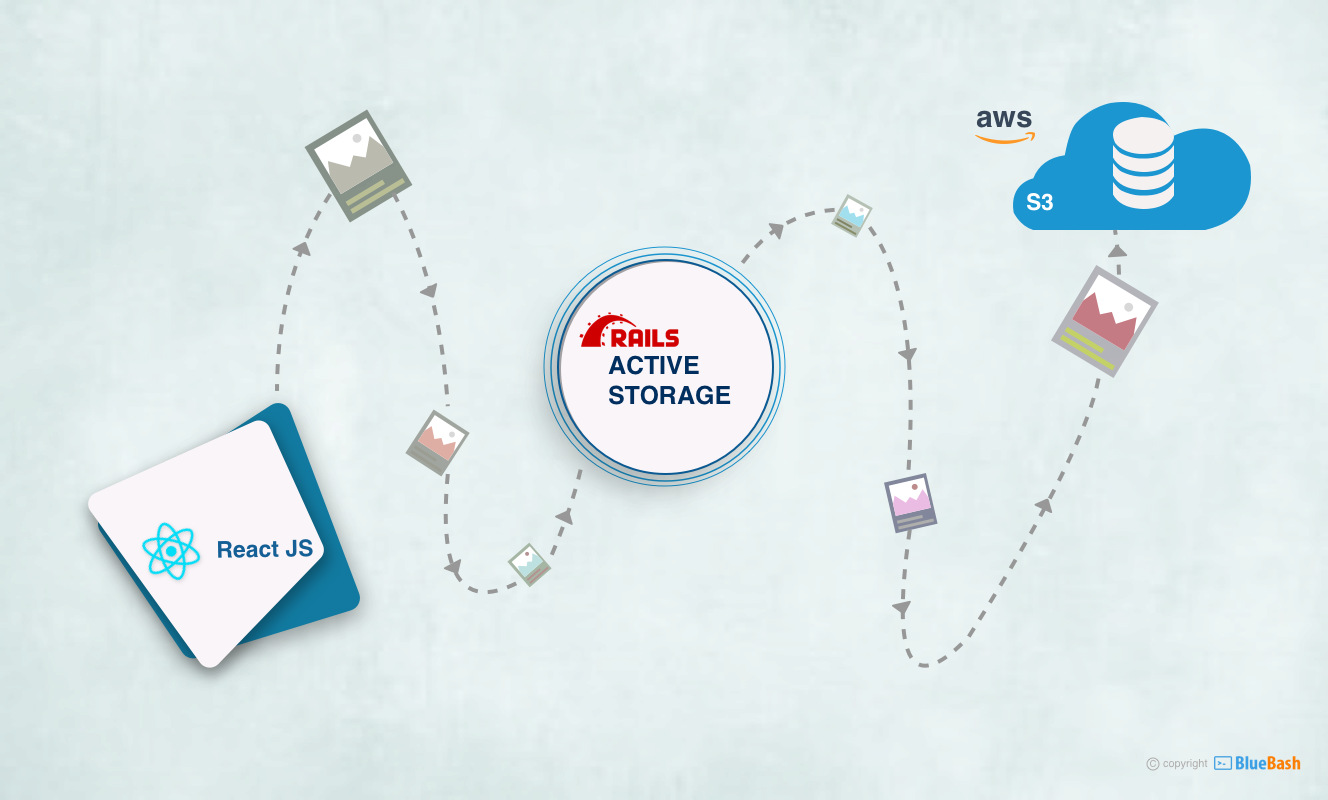Low-Code And No-Code: The Future of Software Development

Low-code and no-code development are innovative approaches that provide simplified alternatives to traditional software development. Low-code enables both professional and non-professional developers to build applications without the complexities of traditional coding quickly.
This approach reduces costs and time associated with development, making it appealing for businesses aiming to automate and accelerate their digital transformation.
On the other hand, no-code development allows even non-developers to bring their application ideas to life with minimal time and resources. No-code development is precious for non-technical projects, as it requires no prior coding experience. Both low-code and no-code approaches streamline the development process and offer convenient solutions for building applications.
Low-code development provides a simplified and convenient way to build applications without extensive coding knowledge or skills. It involves using visual interfaces and drag-and-drop functionality to create software, reducing the need for manual coding.
No-code development enables individuals to create applications without coding or programming skills, using intuitive visual interfaces and pre-built components
The Real Power of Low-code And No-code Web App Development:
In 2030, Research and Markets estimate that the low-code no-code market will generate revenue of $187.0 billion.
IDC has stated that by 2023 more than 500 million apps will be developed. This is much more than the ages of apps are put together.
In other words, the demand for digital transformation has initiated the rise of apps developed by businesses. This demand cannot be met by enough qualified developers or platforms.
What Is The Difference Between Low-code And No-code?
So, you’ve started searching for a low-code and No-code. Here’s what you should look for!
Pros of Low-code and No-code:
Cons of Low-code And No-code:
Top reasons why no-code and low-code platforms are gaining traction
Meeting the growing demand for enterprise apps
According to Gartner, app development services demand will grow at least five times faster than IT capacity. The rising demand for software development can be met with no-code citizen development.
Cloud disruption has made technology attainable to all
In the past, app development was a costly and complex endeavour reserved for large businesses. However, the rise of no-code platforms and cloud technology has levelled the playing field. Now, even small businesses can create and customize applications without the need for extensive coding knowledge or hefty budgets.
There are numerous low-code and No-code platforms
Low-code platforms-
- Visual Lansa
- Creatio
- Genexus
- Zoho Creator
- Appian
- KISSFLOW
- Mendix
- OutSystems
- Quixy
- Gramex
- Pegasystems
- Airtable
- Kintone
No-code platforms
Agility is the way to go
Business environments and client needs constantly change, so businesses must adapt quickly. No-code/low-code platforms let business users modify applications quickly and simply, unlike traditional development. With drag-and-drop development capabilities, no-code platforms enable easy updating and redesigning of applications.
Shortage of developers
A survey by PMI (Purchasing Manager's Index) found that 86% of IT decision-makers saw a scarcity of software developers as the most significant barrier to digital transformation. Skills shortages in the tech industry are not specific to the US; more than 40 million skilled workers are needed worldwide. In 2030, this figure is expected to reach 85.2 million.
Due to this scarcity, companies face the risk of losing $8.4 trillion in revenue due to the need for more competent workers. These figures demonstrate the urgent need to close the skills gap and cultivate new talent to fulfill the escalating demands of the technology sector.

Conclusion:
No-Code and Low-Code are the future of software development, enabling citizen developers to build applications without extensive coding expertise. These platforms offer simplified development processes while providing necessary governance across business functions. The use of No-Code and Low-Code platforms enhances ROI by streamlining development cycles, reducing costs, and optimizing resource allocation. This shift towards Low-code No-code web app development accelerates innovation and maximizes efficiency in the development process.



